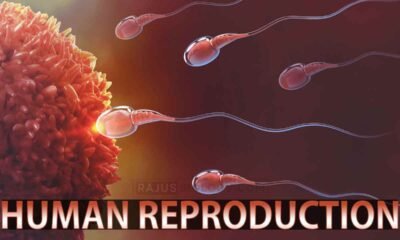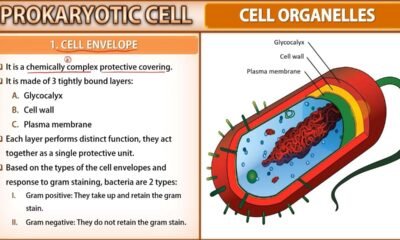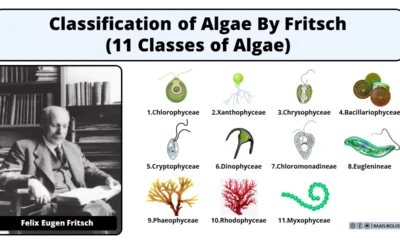Blog
Nostoc Diagrams, Structure and Examples | Free Biology Notes

In this article we will discuss about Nostoc diagrams, Structure and Examples
Nostoc Diagrams

Structure of Nostoc
- Mucilage sheath: A gelatinous layer surrounding the Nostoc colony. It is composed of polysaccharides, which helps in water retention, protection from desiccation, and nutrient absorption.
- Heterocyst: Specialized nitrogen-fixing cells, which are capable of converting atmospheric nitrogen into ammonia through the enzyme nitrogenase.
- Akinetes: Large, thick-walled spore-like cells produced by nostoc, during unfavorable conditions. They are capable of surviving harsh environmental conditions and can germinate to form new filaments when conditions become favorable.
- Vegetative cells: The photosynthetic and metabolically active cells of Nostoc that carry out the majority of cellular functions, including photosynthesis, respiration, and nutrient uptake.
- Chromoplasm: The cytoplasmic region of the Nostoc cell containing photosynthetic pigments such as chlorophyll and phycobilins, responsible for capturing light energy during photosynthesis.
- Centroplasm: The central region of the cell, containing genetic material and various organelles like ribosomes and inclusions, crucial for cellular metabolism, growth, and reproduction.
Examples of Nostoc
- Nostoc commune: Commonly known as the “star jelly”, They forms dark greenish to brownish gelatinous colonies. It’s often found in moist terrestrial environments like soil, rocks, and even on surfaces of stagnant water bodies.
- Nostoc punctiforme: This species of Nostoc is known for its ability to fix nitrogen and form symbiotic relationships with certain plants, such as hornworts.
- Nostoc flagelliforme: Also called “dragon’s beard algae,” this species is consumed as a delicacy in some Asian countries. It grows in dry, rocky areas and appears as dark greenish-brown filamentous colonies.
- Nostoc sphaeroides: This species of Nostoc forms spherical colonies and is commonly found in various terrestrial habitats, particularly in moist soils, damp rocks, or near freshwater bodies.
- Nostoc linckia: A species that forms thin, blackish-green colonies, Nostoc linckia thrives in various habitats, including soil, moist rocks, and even on tree bark, contributing to biological soil crusts in arid environments.

 Blog7 months ago
Blog7 months ago[PPT] Human Reproduction Class 12 Notes
- Blog7 months ago
Contribution of Indian Phycologists (4 Famous Algologist)
- Blog7 months ago
PG TRB Botany Study Material PDF Free Download

 Blog7 months ago
Blog7 months agoCell The Unit of Life Complete Notes | Class 11 & NEET Free Notes

 Blog7 months ago
Blog7 months ago[PPT] The living world Class 11 Notes

 Blog7 months ago
Blog7 months agoClassification of Algae By Fritsch (11 Classes of Algae)

 Blog7 months ago
Blog7 months agoJulus General Characteristics | Free Biology Notes
- Blog7 months ago
Class 12 Biology Notes Chapter wise PPT












